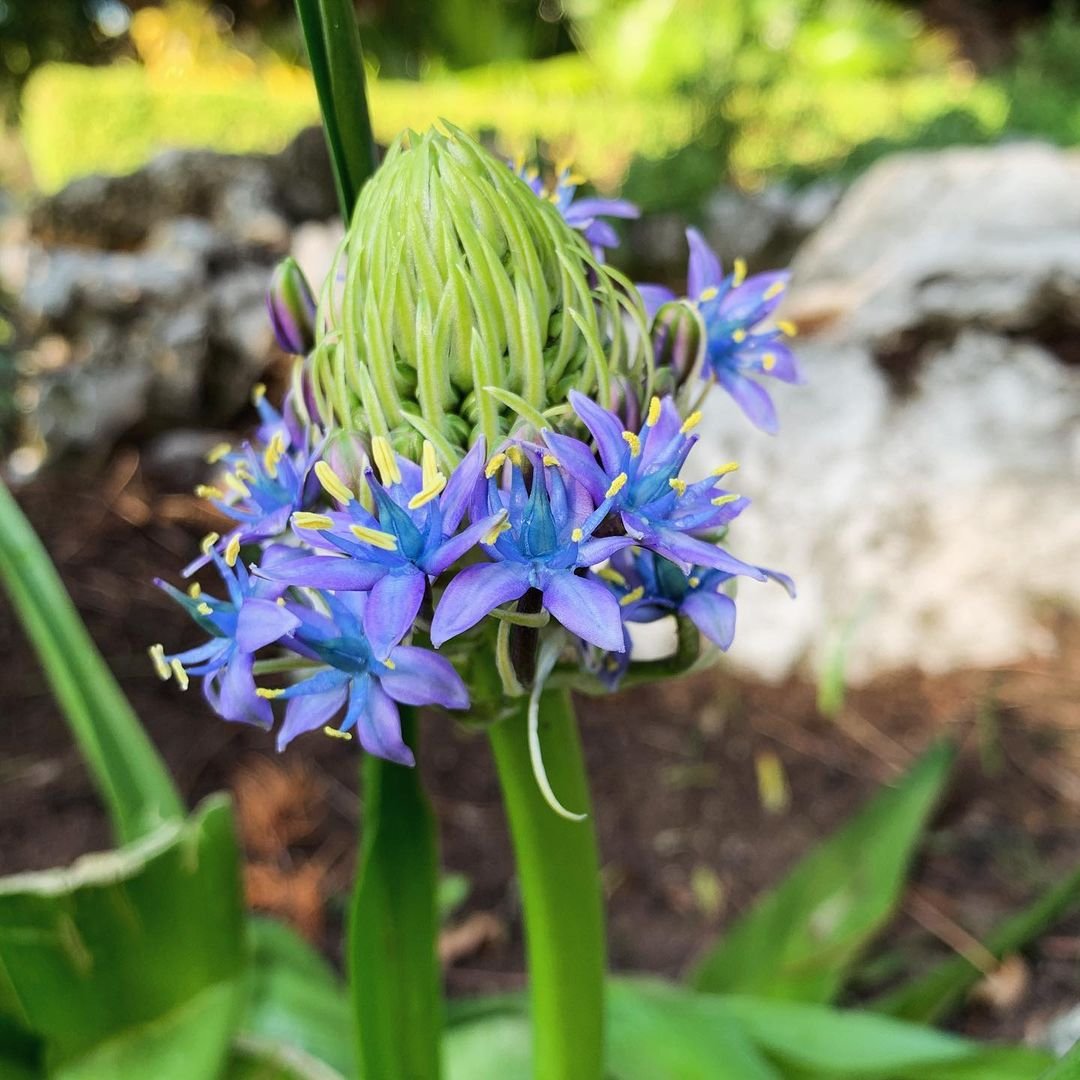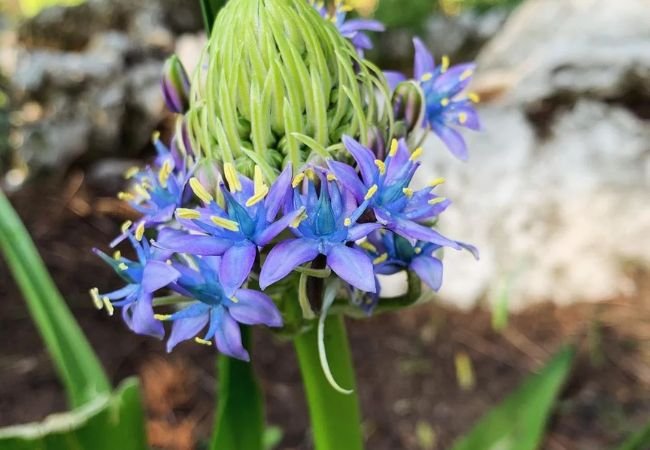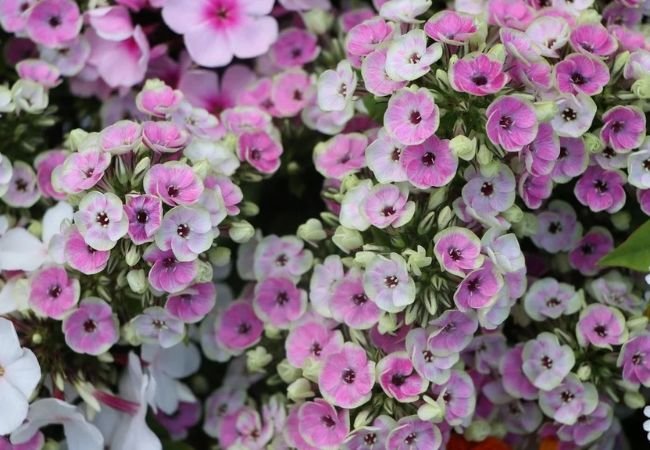Discover the enchanting world of Scilla flowers! Learn their symbolism, where to plant them, how to distinguish them from bluebells, and expert care tips for vibrant spring blo
Hi there! I’m Ashley Scott, a gardener with over a decade of experience transforming outdoor spaces into blooming wonderlands. Today, I’m excited to share everything I’ve learned about Scilla flowers—a charming bulbous perennial that signals the arrival of spring with its delicate blooms. Whether you’re a seasoned gardener or just starting out, this guide will help you master growing Scilla, understand its symbolism, and choose the best varieties for your garden.
Scilla Flower Meaning and Symbolism

Scilla flowers, often called “squill” or “bluebells,” carry a rich tapestry of meanings. Historically, their resilience—they’re among the first to bloom through frosty soil—has symbolized hope, rebirth, and perseverance10. In folklore, their nodding blue blossoms were linked to fairies and woodland magic, earning them names like “fairy flower” or “wood bells”.
While there’s no widely documented spiritual meaning specific to Scilla, their early bloom time and vibrant hues often evoke themes of renewal and embracing life’s fleeting beauty.
Where Is the Best Place to Plant Scilla?
Scilla thrives in well-drained soil and adapts to various light conditions, making it a versatile choice for gardens. Here’s how to choose the perfect spot:
- Light Requirements: Full sun to partial shade. Under deciduous trees is ideal since they bloom before trees leaf out.
- Soil Type: Amend heavy clay with compost or sand for drainage. Scilla tolerates acidic, neutral, or alkaline pH.
- Planting Depth: 3–4 inches deep, spaced 3–4 inches apart. Fall planting (before frost) ensures spring blooms.
- Naturalizing: Perfect for grassy areas, woodland edges, or rock gardens. They spread rapidly, creating carpets of color .
Pro Tip: I once planted Siberian Squill (Scilla siberica) beneath my maple tree. By year three, it formed a breathtaking blue haze each April—no mowing needed until their foliage yellowed!
Is Scilla the Same as Bluebell?
This is a common mix-up! While both have bell-shaped blooms, true bluebells belong to the Hyacinthoides genus (e.g., English bluebells), whereas Scilla includes species like Siberian Squill (Scilla siberica) and Spanish Bluebells (Hyacinthoides hispanica, formerly Scilla hispanica).
Key Differences:
- Flower Shape: Scilla blooms face upward; bluebells nod downward.
- Foliage: Scilla leaves are glossier and narrower.
- Invasiveness: True bluebells spread slowly, while Scilla naturalizes aggressively.
Popular Scilla Varieties for Your Garden
From icy whites to deep blues, here are my top picks:
- Siberian Squill (Scilla siberica): Hardy in zones 2–8, with cobalt-blue blooms. ‘Spring Beauty’ offers larger, longer-lasting flowers.
- Spanish Bluebells (Hyacinthoides hispanica): Drought-tolerant with pink, white, or blue clusters. Perfect for shady spots.
- Peruvian Lily (Scilla peruviana): Showy purple blooms in late spring. Unlike most Scilla, it thrives in warmer zones.
- Alpine Squill (Scilla bifolia): Delicate pink or white flowers ideal for rock gardens.
Design Tip: Pair with early bloomers like daffodils or crocuses for a layered spring display.
How to Grow and Care for Scilla Flowers
Planting Steps
- Timing: Plant bulbs in mid-to-late fall, before the ground freezes.
- Depth & Spacing: 3–4 inches deep, 4 inches apart. In containers, use well-draining soil.
- Watering: Water thoroughly after planting, then sparingly. Overwatering causes rot.
Maintenance
- Fertilizing: Apply a low-nitrogen fertilizer in early spring.
- Aftercare: Let foliage die back naturally. Never mow until leaves yellow.
- Pests: Deer-resistant and generally trouble-free.
Are Scilla Flowers Poisonous?
Yes! All Scilla species contain compounds toxic to humans and pets if ingested. Wear gloves when handling bulbs, and keep them away from curious pets.
Incorporating Scilla into Garden Design
- Borders: Line pathways with white Scilla siberica alba for a moonlit glow.
- Containers: Mix Scilla peruviana with pansies for patio charm5.
- Naturalized Areas: Let them spread under trees or in meadows for a wildflower effect.
FAQs
Q: How do you pronounce “Scilla”?
A: It’s pronounced “SILL-uh.”
Q: When do Scilla flowers bloom?
A: Most bloom early to mid-spring, lasting 2–3 weeks.
Q: Can Scilla grow in grass?
A: Absolutely! Their short stature (3–6 inches) blends beautifully with lawns.
Final Thoughts
Scilla flowers are a low-maintenance marvel that rewards gardeners with years of vibrant blooms. Whether you’re drawn to their symbolism of hope or their ability to naturalize effortlessly, these bulbs deserve a spot in your garden. For more tips on growing spring bulbs or deer-resistant plants, explore my other guides!






